de Toledo: Black, White, and All the Gray in Between
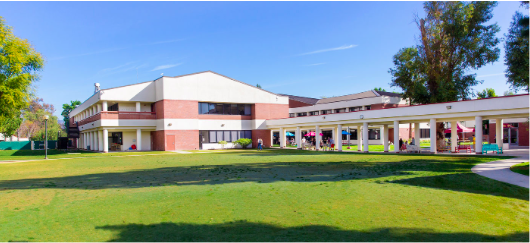
May 9, 2017
The opinions expressed in this article are the author’s own and do not necessarily represent the views of The Prowler.
de Toledo, widely recognized for its inclusive community and camp-like feel, attracts many prospective high schoolers. This is not surprising, as the appeal stems from an inherent desire to feel at home and be comforted in an academic setting. This close knit community is not a norm for many high schools. Hence why de Toledo is so special.
de Toledo is unique in that it stresses the importance of maintaining the balance between kindness and academics. Mr. Shpall believes that there is no reason that a community that strives to be “kind” can not also thrive academically. de Toledo works hard to disprove the misconception that a school can’t prosper while being both academically- and kindness-oriented.
Despite its attempts to achieve this balance, de Toledo has received criticism that it is not “academic enough.” As a junior at de Toledo High School, I can assure you that the classes themselves are not the issue. While it is inevitable that not every high school course you take will be academically strenuous, many of my classes at de Toledo have pushed me in a positive way.
So, why do some outsiders consider the school “unacademic”? It is the overarching push to be “kind,” which gives students the opportunity to take advantage of teachers, making the school unable to realize its academic potential.
Let me explain myself. In my opinion, to embody kindness, one must be respectful. I have found that in this environment, this sense of respectfulness is often lost.
de Toledo is a very gray place. Not gray as in dull – de Toledo is very colorful, both literally and figuratively. Gray as in not black and white. Gray as in not one right or wrong answer.
de Toledo’s grayness is what allows students to have extensions on papers when their weeks are very homework-packed. de Toledo’s grayness is what gives faculty the opportunity to express their concern to a student when they have done something wrong, rather than stick them in detention for what both parties know will be a completely useless three hours. de Toledo’s grayness is what makes de Toledo such a special environment, where teachers and students form relationships unparallelled in the high school world.
However, like everything, there are ups and downs to de Toledo’s grayness. de Toledo’s grayness, in certain circumstances, fosters disrespect and the overstepping of boundaries. It allows students to take advantage of teachers’ kindness, a trait so heavily encouraged by the founders of de Toledo. de Toledo’s grayness can blur the boundaries between a teacher and student, creating confusion as to who is really in charge. And lastly, this grayness allows for the misinterpretation of what it means to truly be kind.
This gray culture can only be successful if there is mutual respect between students and faculty. Before this mutual respect can be attained, there must be a set of boundaries that establish teachers as superiors. Now, just because a teacher is “in charge” of their students does not mean that they must assume dictating roles. It means that they, as teachers, are being kind enough to elicit growth from their students.
Teachers: Being kind doesn’t always mean ensuring that a student remains happy. By giving me an extension, you are being perceived by me as being kind. However, granting multiple extensions hurts me because it doesn’t teach me discipline. Be kind to me by communicating your expectations. Be kind to me by not letting me get away without reading. Be kind to me by taking control of the classroom. Be kind to me regardless of the opposition I may have to your homework assignments by staying true to what you think will help me learn the best.
Students: We need to adopt the belief that teachers can be strict and still be kind. We need to stop thinking that anything that is perceived as black and white is unkind. We will be held accountable for our own actions later on in life, and we need to be prepared. We need to be kind by respecting teachers and to understand that, although there is a lot of gray room for interpretation and healthy debate, we are the students and they are the teachers. We need to come to terms with the fact that teachers are not our friends. They deserve respect.
In the end, this all ties back to respect: mutual respect. Because teachers have their own boundaries with students, there is no black and white absolute indicator of respect. If we as a school embody the kindness and therefore mutual respect for each other that we say we do, then why is there still trash on the ground? Why do some teachers allow students to disrespect them, and others not? Why do some students blatantly use their phones and speak to friends during T’fillah, Town Hall, or grade-level meetings, despite being told multiple times to pay attention? Is it because of this grayness?
At the beginning of this article, I proposed that the overarching push to be “kind” is what gives students the opportunity to take advantage of teachers, making the school appear “not academic.” As I sit and think, I realize that the push to be “kind” isn’t the flaw in the system; rather, paradoxically, kindness can be mistaken for weakness, and this unfortunately has become part of de Toledo’s culture.
We, teachers and students alike, have the power to mold de Toledo’s culture into one that fosters healthy academic and personal growth.
I am so blessed and thankful to be part of a school that allows me to express myself in my classes and form unmatched relationships with teachers and that has ignited the confidence within me to write an article like this.
I am writing this article not to question everything that de Toledo stands for, but to initiate a conversation about this potentially controversial issue. I believe this article is a good place to start.

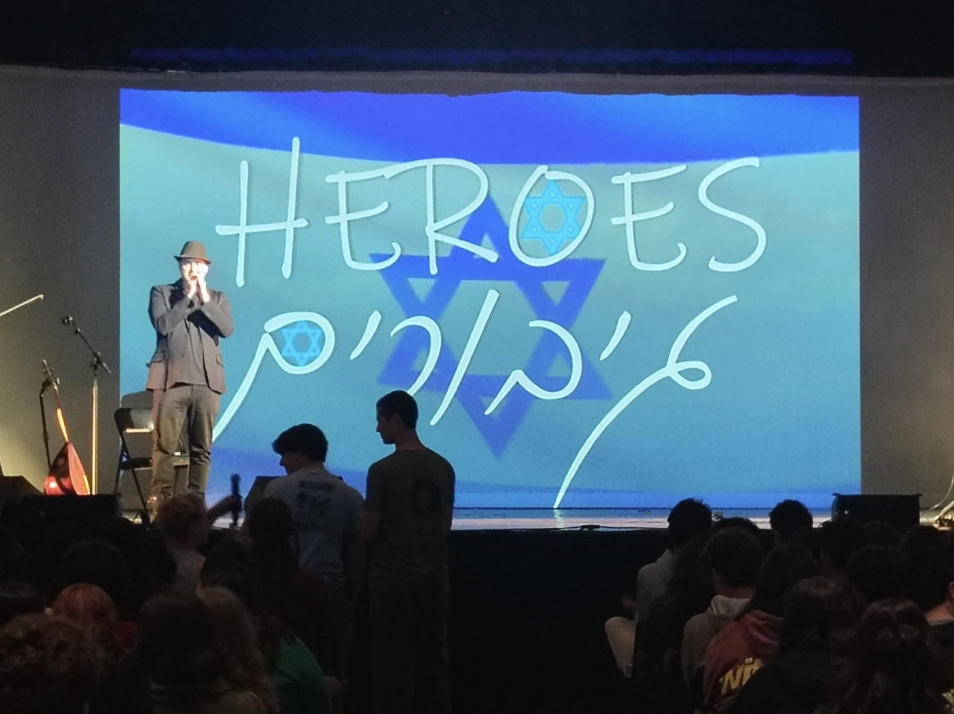



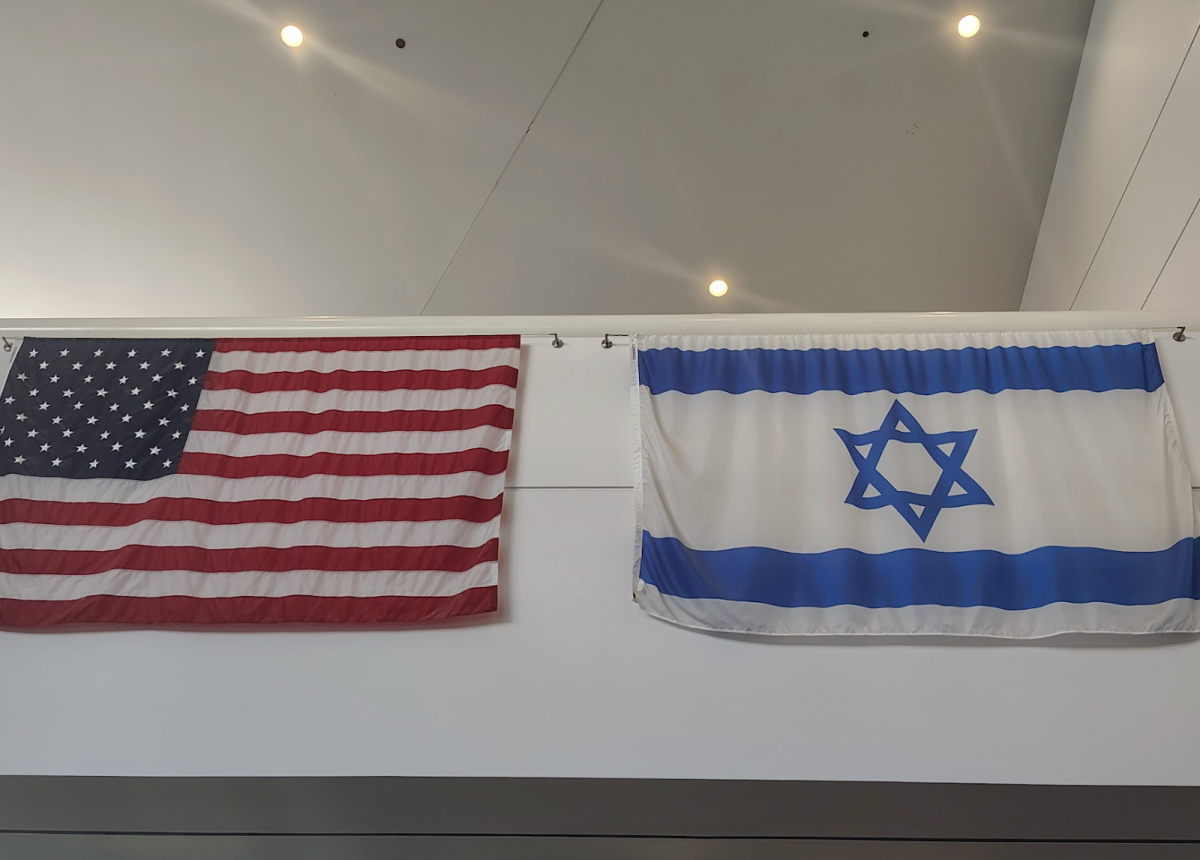

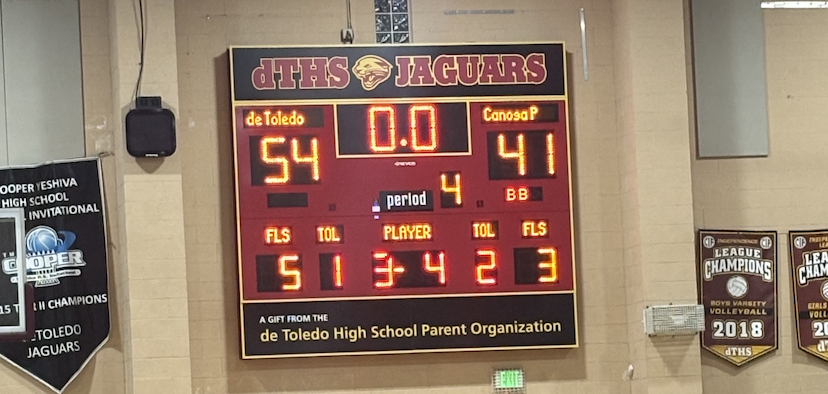



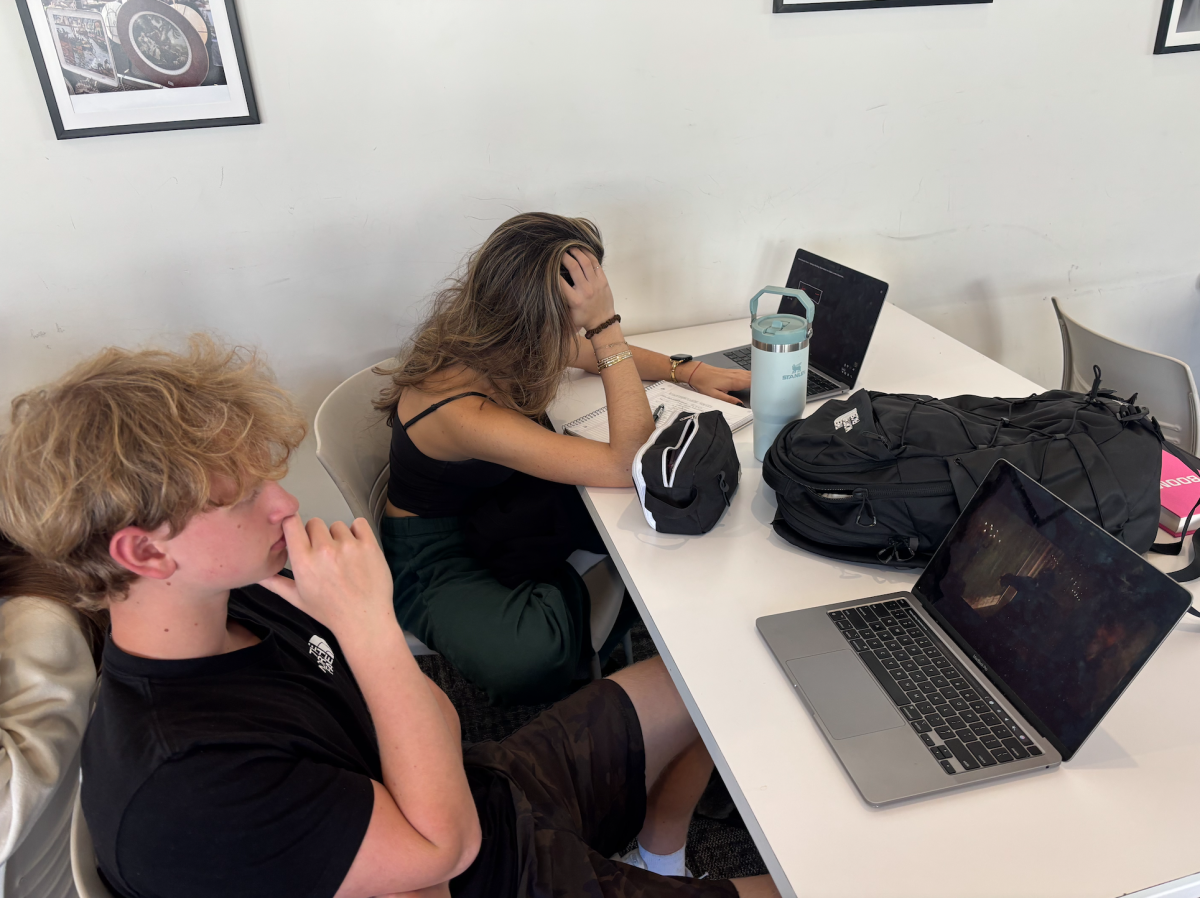

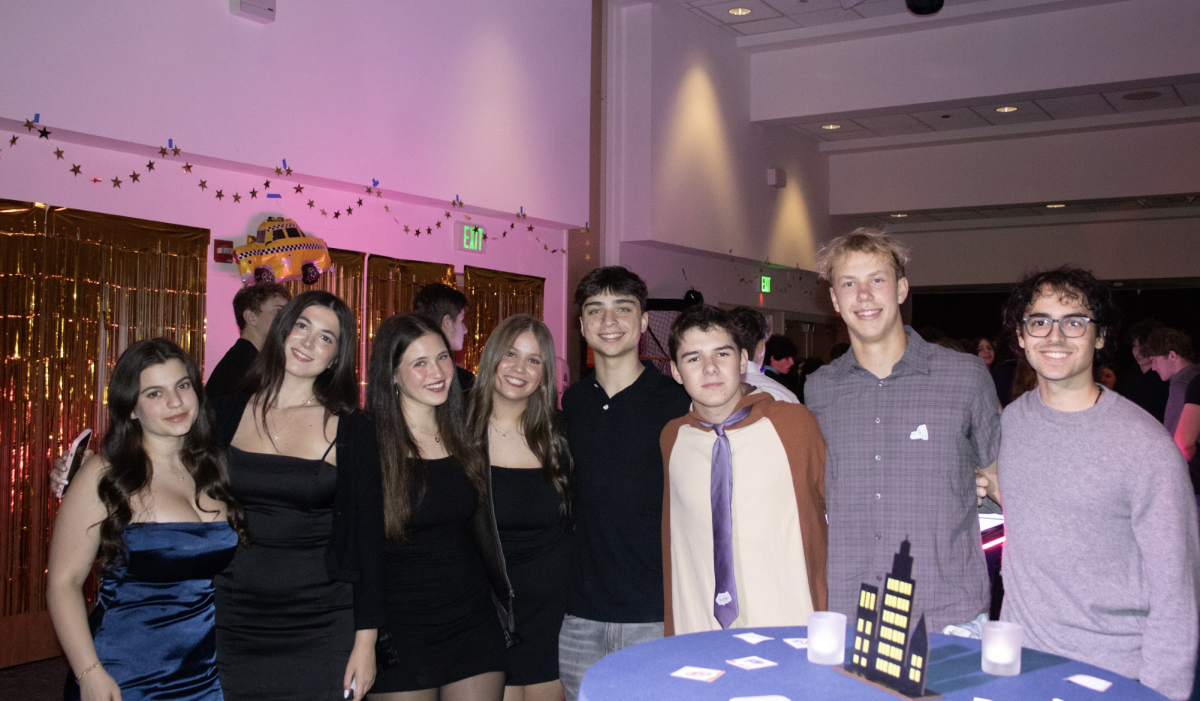








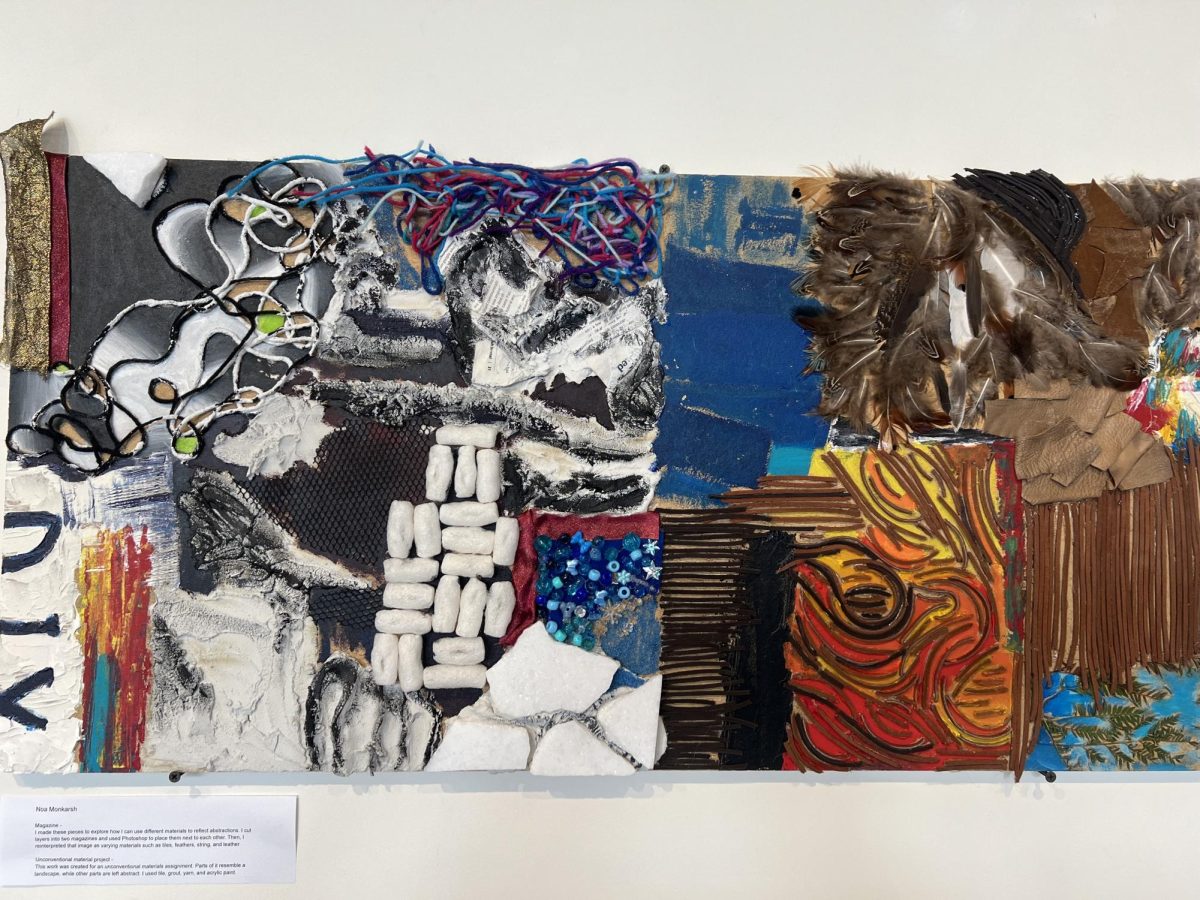


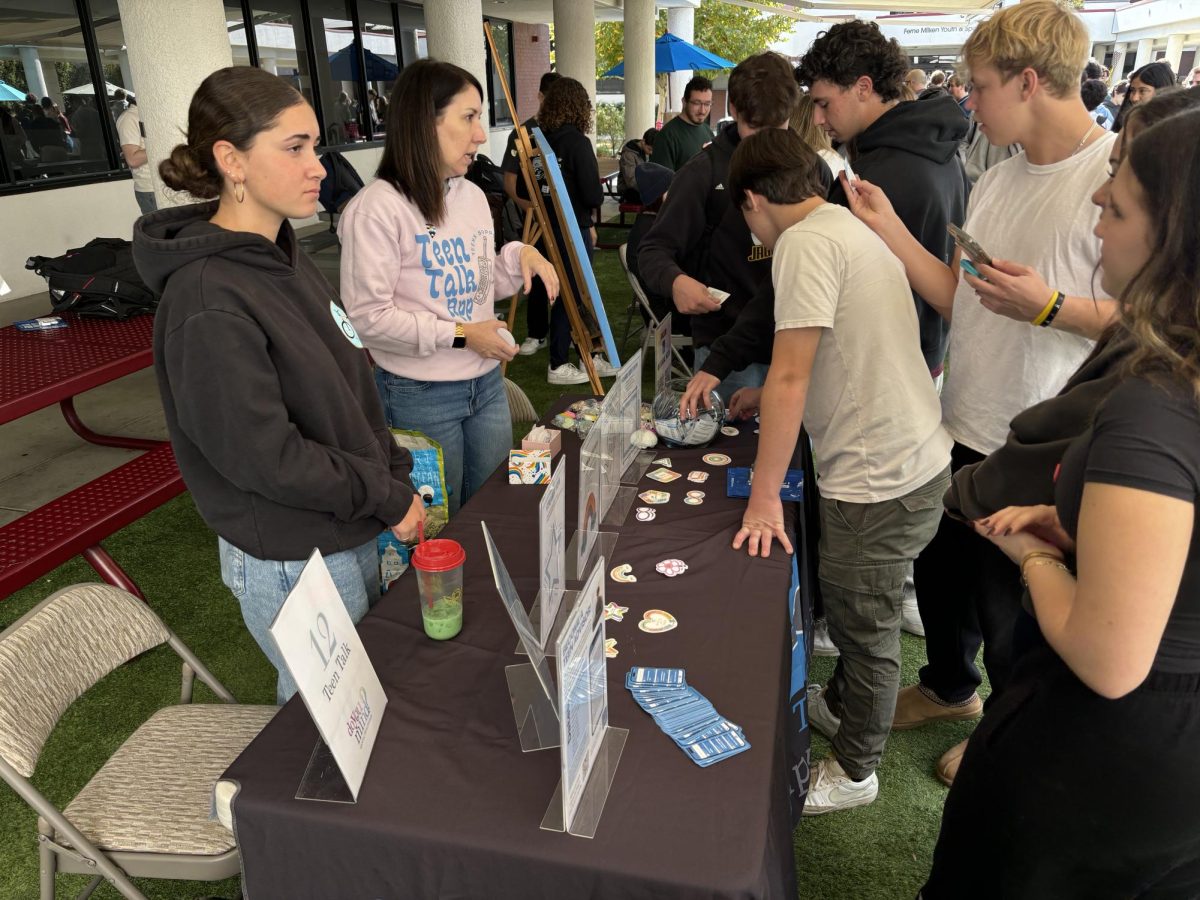


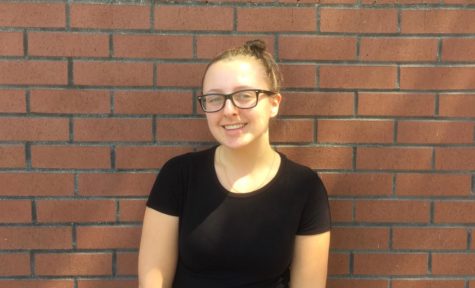
Haley Price • May 12, 2017 at 8:17 pm
Wow Gabby! Beautifully written and I completely agree. Students take advantage and when teachers are more strict, the students believe that the teachers are becoming “mean”. They are the teachers and they are in charge of their classrooms. Being their student is an honor and we should give them the time and respect that they do for us inside the classroom and outside (when they spend the vigorous hours grading our tests and papers). Awesome job!!
Maya Witenberg • May 12, 2017 at 8:55 am
WOW! This was so real and really well written! We as students should be more carful with not only what we say but with our actions because our actions are what really define us. After reading this I and going to focus on my respect for teachers, peers and others too. Kindness is something that is really important to me and when it isn’t present in a situation it just makes me wonder how a person could be so rude! KINDNESS FOR ALL! RESPECT FOR ALL! YA DETOLEDO!!!!
Dina appleby • May 10, 2017 at 7:39 pm
Great read. Thanks for sharing your thoughts with us.
Dr. Spiegel • May 10, 2017 at 2:58 pm
Gabby,
You pose some very thoughtful questions and this is a great place to start. Is it possible to have a “camp-like” environment with academic rigor? As you are aware, cognitive dissonance may have a hand in this concept, because it’s hard to imagine a tough but kind leader, coach, teacher, parent, etc. You’ve opened up a conversation with some brave thoughts. Thank you.
Dr. Spiegel
orit Shwartz • May 10, 2017 at 2:48 pm
I loved your article and feel the same. Beautifully written.
Mark Shpall • May 10, 2017 at 2:37 pm
I think you raise interesting and relevant issues for both dTHS and the educational world as a whole. Well done.